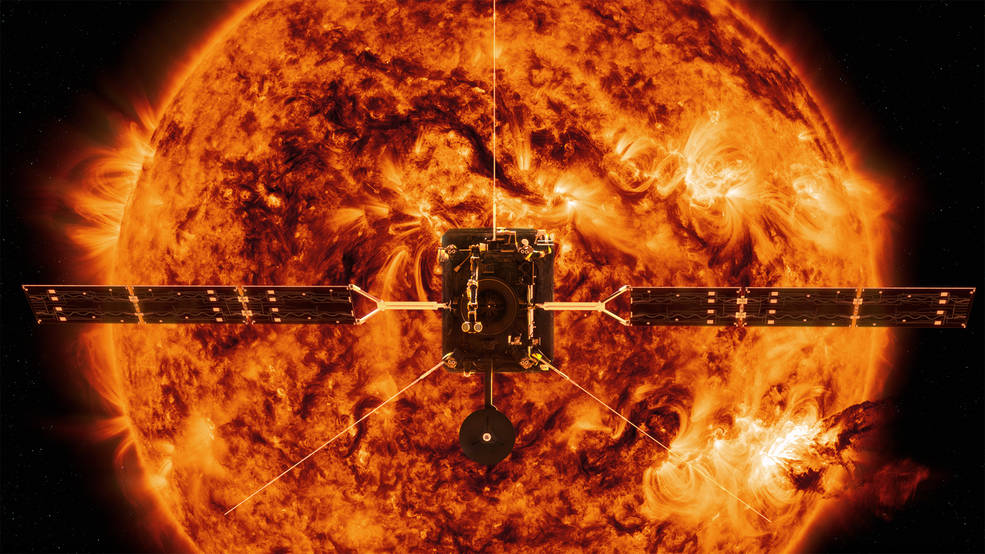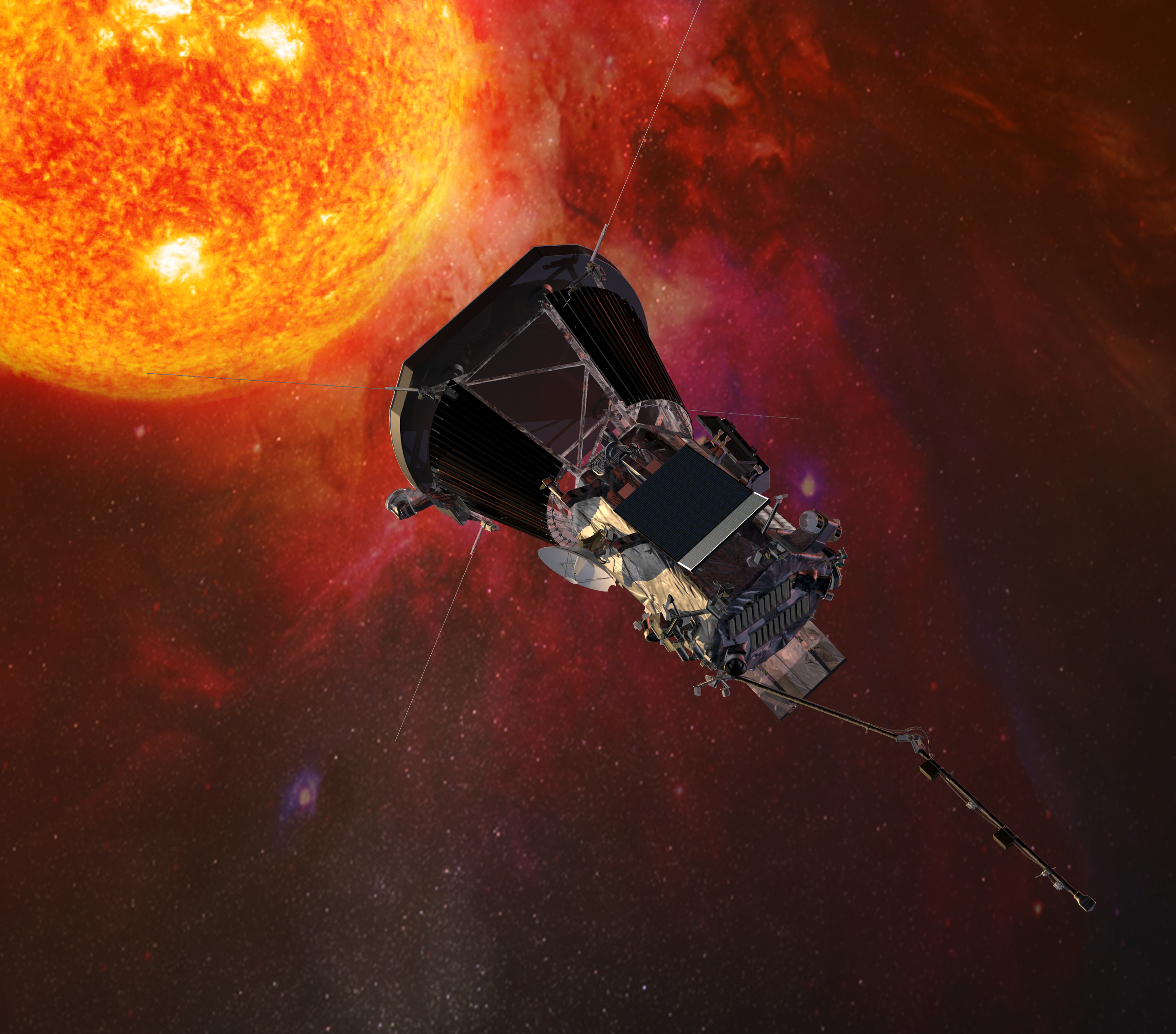These Two New Missions Will Take Us Closer to the Sun Than Ever Before

Soon, two ambitious missions will take us closer to the sun than we've ever gone before, providing invaluable insight into how our star really works.
Launching in the summer of 2018 and in 2020, respectively, NASA's Parker Solar Probe and the European Space Agency's (ESA) Solar Orbiter will work to gather up-close data of the sun. And, while these missions will use different technologies, "as missions — they'll be complementary," Eric Christian, a research scientist on the Parker Solar Probe mission, said in a statement from NASA.
The sun is a life-sustaining source of energy for life here on Earth. However, solar wind, a stream of charged gas streaming from its surface, can threaten the technologies that drive radio communications, satellites and power grids. Because the sun, and the solar wind, so directly and drastically affect us, it is imperative that we understand it better to protect ourselves against potential negative events. [NASA's Parker Solar Probe Mission to Touch the Sun Explained (Infographic)]
Parker Solar Probe and Solar Orbiter will both observe the sun's corona — its unpredictable, gaseous outer atmosphere. If you were able to see the white, hair-like pieces surrounding the sun during the 2017 total solar eclipse, then you saw the solar corona. According to the NASA statement, many scientists believe that the corona could drive the speed of solar wind. However, the corona is not very well understood.
“Our goal is to understand how the sun works and how it affects the space environment to the point of predictability. This is really a curiosity-driven science," Chris St. Cyr, a Solar Orbiter project scientist at NASA's Goddard Space Flight Center in Greenbelt, Maryland, said in the statement.
Parker Solar Probe and Solar Orbiter — which are separate, but complementary, missions — aim to help researchers better understand the sun's unpredictable behavior. They will "be taking pictures of the sun's corona at the same time, and they’ll be seeing some of the same structures — what's happening at the poles of the sun and what those same structures look like at the equator," Christian said.
Solar Orbiter, which will orbit the sun on a tilt from 26 million miles away, will take the first-ever direct images of the sun's poles. This will allow scientists to better understand the sun's magnetic fields, since some of our star's magnetic activity is concentrated at its poles.
Get the Space.com Newsletter
Breaking space news, the latest updates on rocket launches, skywatching events and more!

Parker Solar Probe will get significantly closer to the sun, inching as close as 3.8 million miles from its surface. From this close distance, the probe will be able to image solar wind, study magnetic fields and observe both plasma and energetic particles, NASA officials said in the statement. This probe will also carry with it a memory card holding 1,137,202 names, including William Shatner's — cheering it on as it travels to the sun.
We don't yet understand how the sun's magnetic field is created or structured, why its corona behaves in a way that seems impossible to predict, or what's influencing the dangerous solar wind. These two missions from NASA and ESA aim to change that.
Email Chelsea Gohd at cgohd@space.com or follow her @chelsea_gohd. Follow us @Spacedotcom, Facebook and Google+. Original article on Space.com.
Join our Space Forums to keep talking space on the latest missions, night sky and more! And if you have a news tip, correction or comment, let us know at: community@space.com.

Chelsea “Foxanne” Gohd joined Space.com in 2018 and is now a Senior Writer, writing about everything from climate change to planetary science and human spaceflight in both articles and on-camera in videos. With a degree in Public Health and biological sciences, Chelsea has written and worked for institutions including the American Museum of Natural History, Scientific American, Discover Magazine Blog, Astronomy Magazine and Live Science. When not writing, editing or filming something space-y, Chelsea "Foxanne" Gohd is writing music and performing as Foxanne, even launching a song to space in 2021 with Inspiration4. You can follow her on Twitter @chelsea_gohd and @foxannemusic.









